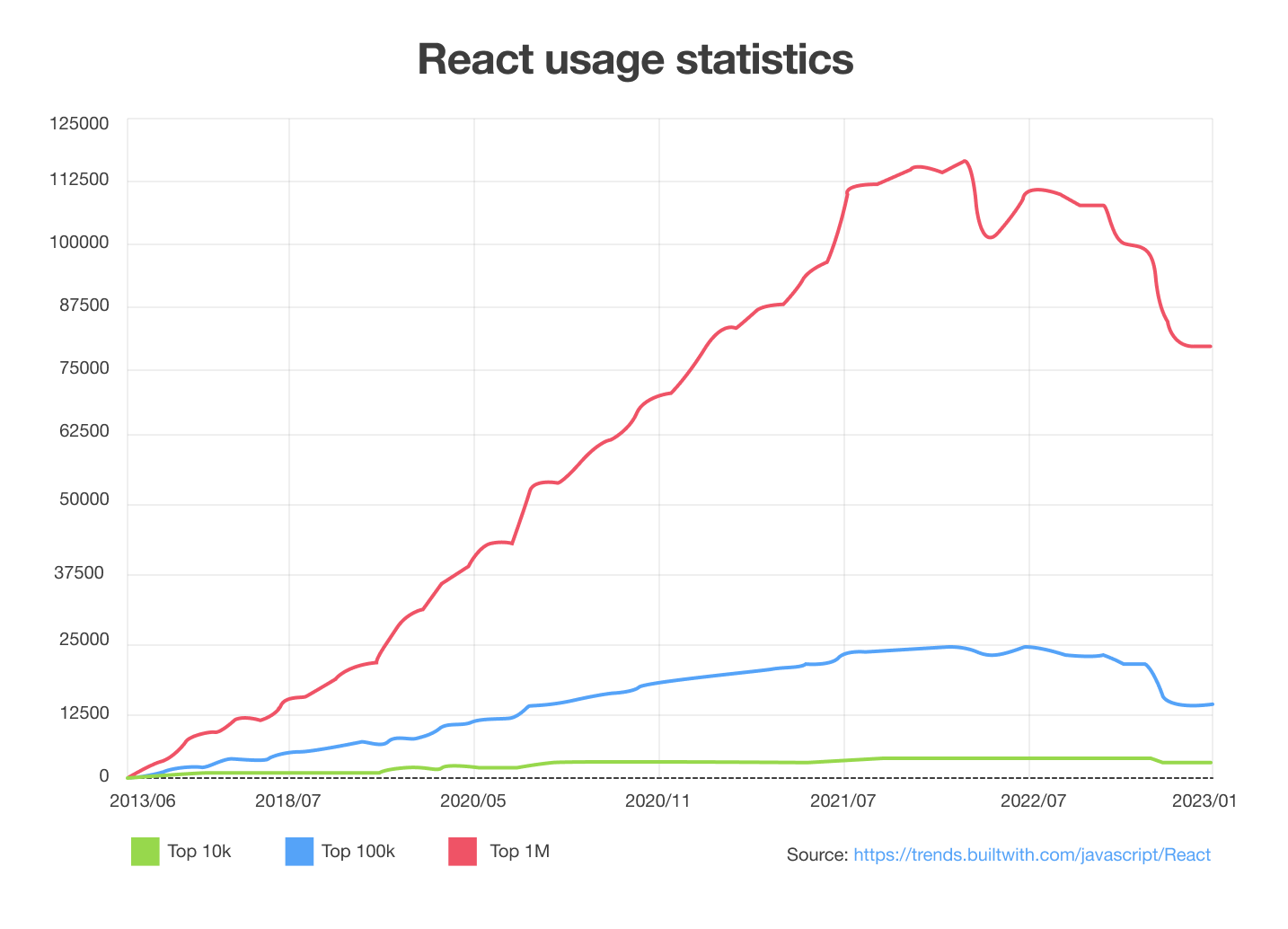Angular vs React:
In the dynamic landscape of web development, choosing the right front-end framework is crucial for building robust, scalable, and maintainable applications. Angular and React have been two leading contenders for years, each with its strengths and weaknesses.
As we step into 2024, let’s delve into the key factors that can guide your decision-making process.
Ecosystem and Community Support:
Angular: Developed and maintained by Google, Angular boasts a comprehensive ecosystem and strong backing. It provides a full-fledged framework with built-in solutions for routing, forms, and state management.

React: React, backed by Facebook, has a vast and vibrant info community. It excels in its component-based architecture, allowing developers to choose libraries and tools for specific needs, resulting in a more flexible ecosystem.
Learning Curve:

Angular: Angular’s steep learning curve can be attributed to its full-featured framework with a complex architecture. Developers may need more time to grasp concepts like dependency injection and TypeScript.
React: React’s learning curve is generally considered more gradual. Its component-based structure and use of JavaScript (or TypeScript if preferred) make it accessible for developers with varying levels of expertise.
Performance:
Angular: Angular’s two-way data binding can impact performance, especially in larger applications. However, the framework provides optimization tools and features like Ahead-of-Time (AOT) compilation to address these concerns.
React: React’s virtual DOM ensures efficient updates and optimizations, resulting in better performance. Its one-way data flow simplifies tracking changes and enhances application speed.
Flexibility and Scalability:
Angular: Angular’s opinionated structure can be both an advantage and a limitation. While it enforces best practices and consistency, it may be less flexible for developers who prefer more control over their application architecture.
React: React’s Un-opinionated nature provides developers with more freedom to choose libraries and tools based on project requirements. This flexibility can contribute to more scalable and modular codebases.
Tooling and Development Environment:

Angular:
Angular’s CLI (Command Line Interface) streamlines project setup, development, and testing. The built-in tools simplify various tasks, contributing to a more cohesive development environment.
React:
React’s simplicity allows developers to integrate it easily with various tools and libraries. While it may not have a dedicated CLI like Angular, the community-driven ecosystem offers a range of tools for different purposes.
Choosing between Angular and React in 2024 ultimately depends on your project requirements, team expertise, and development philosophy.
Angular is a robust framework suitable for large-scale applications with a structured approach, while React’s flexibility and ease of learning make it an excellent choice for projects of varying sizes.
Both frameworks have evolved over the years, and developers should consider factors such as community support, learning curve, performance, flexibility, and tooling when making their decisions. Ultimately, the right choice is the one that aligns with your project goals and the preferences of your development team.





